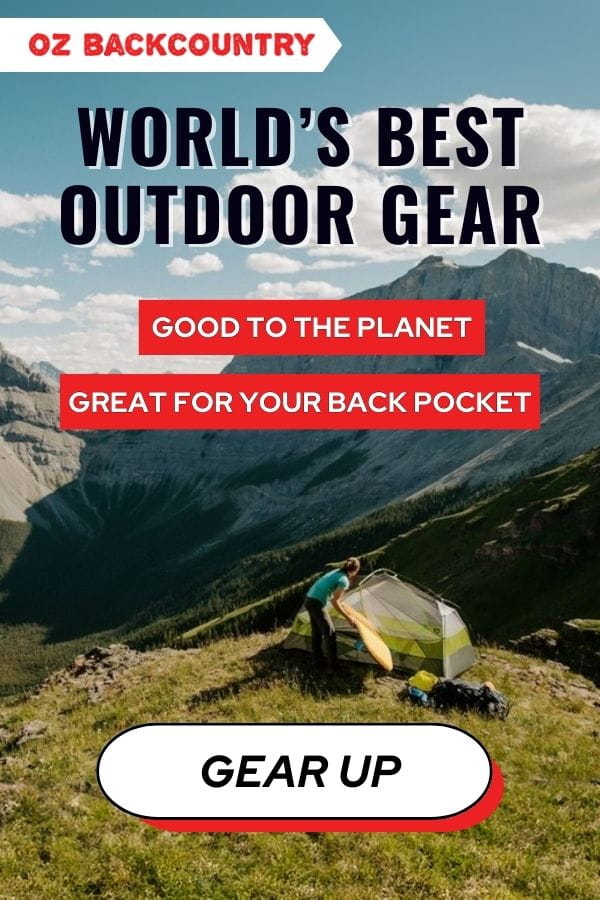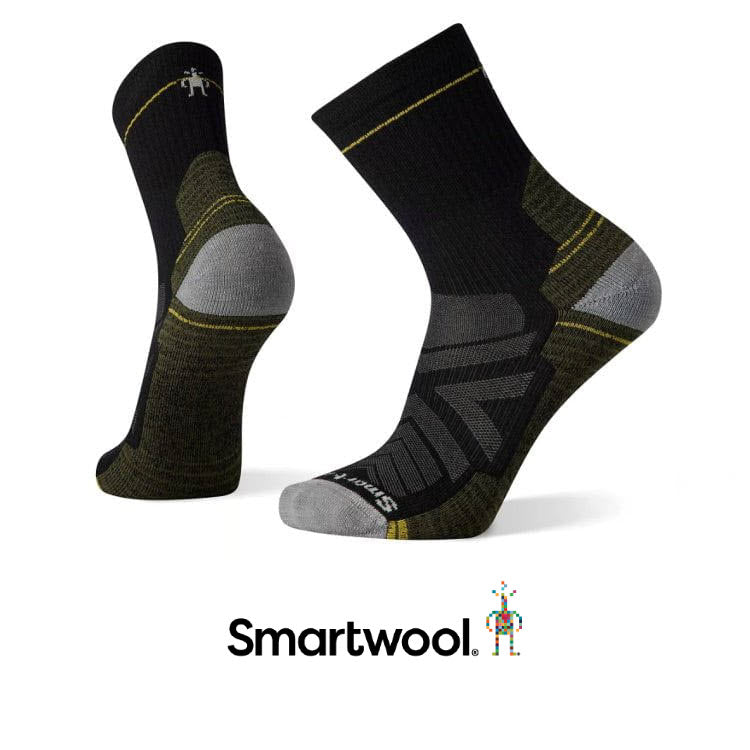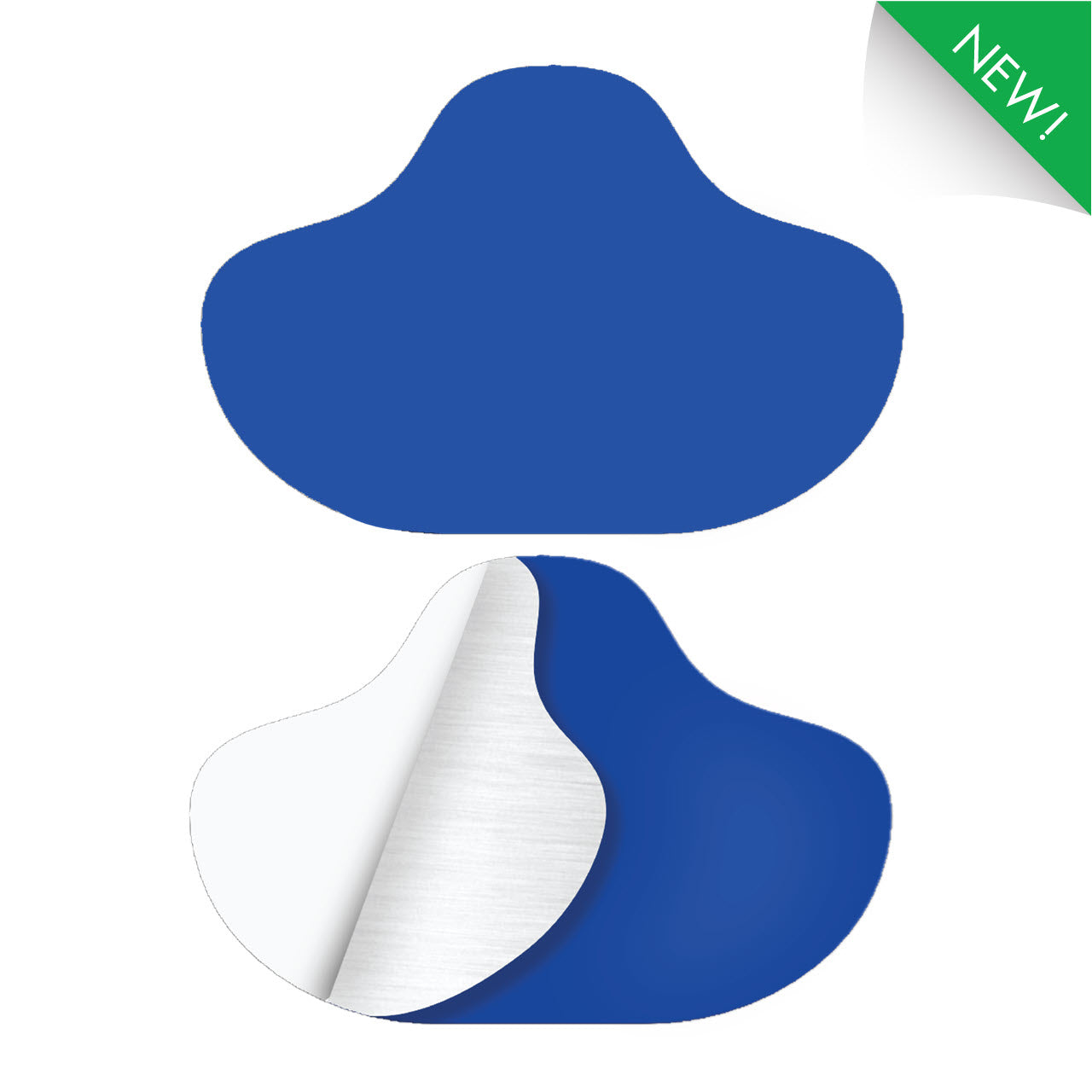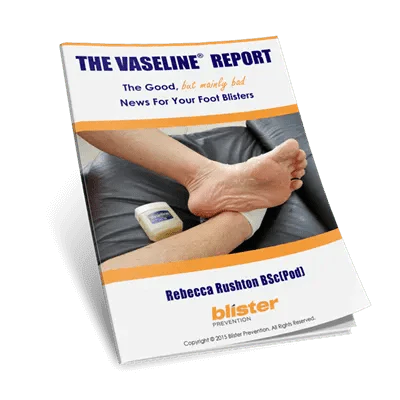Blister Wool is the newest addition to our expanding product range at Blister Prevention. So, to introduce you to this 100% Australian product, I sat down with Blister Wool founder, Adam Inglis, to learn more about the inspiration behind the product, his family connection to the wool industry, and the field testing that has shaped his wool product from the ground up.
Blister Wool ships from both our Sydney and New Jersey locations –check it out here.
What inspired you to create Blister Wool, and what was your motivation behind it?
I had seen and used various products over the years for both hiking and running, and in 2022 started working at an outdoor gear store. At the time it was hard to find the wool and the store was having trouble sourcing it. My uncle runs a woollen mill so I thought I might be able to fill a bit of a gap, and here we are!
How did you come up with the idea of using wool as a blister prevention product?
I had seen the old “Trampers Wool” in New Zealand years ago and had used it so I knew it was a thing. I ordered some online and thought it felt a bit scratchy like the stuffing out of a dog toy. With the advancement of Merino in the clothing industry, I then investigated how this could be revamped and updated for modern users
Where do you source your wool from?
My uncle actually owns theNundle Woollen Millin country New South Wales. He has been in the wool industry for something like 35 years and they are an extremely popular tourist attraction as well (they use lots of machinery from the early 1900’s). So sourcing the wool was the easy part for me.
What was your process for testing different types of wool, and how did you determine which one to use for Blister Wool?
The testing was pretty old-school. I have a lot of mates who are either hardcore adventurers or professional athletes so we got our hands on about 15 different blends and started hiking with it, running with it, cycling with it, playing soccer with it… Most of them were eliminated fairly quickly due to performance issues and then we started asking what could be different in the ones we liked. We wanted something soft and comfortable, but still super-resilient so that it would last a long time. It was very handy to have a mill on speed-dial to be able to just call up and get new variations sent out.
What makes your wool unique from other wool products in the market?
I personally think that when you compare them, ours is the softest and most comfortable in your sock, but since we tested it with ultra-runners and mountaineers, we also know it can stand up to a beating on the trails. It’s the best of both worlds.
Any tech specs to share?
We use a crossbreed to get a blend that is both soft and resilient. Merino is generally around 18-19 micron and considered a fine wool. We tested this and it was just too fine to do anything that we wanted it to do. Another common breed like a Romney is up around 35 micron which would be considered a coarse wool. Something like that feels much more like what most people would think a traditional wool feels like. Blister Wool ends up at around 28-30 micron which is considered medium fineness.
[Related: Read my thoughts on how loose-packed wool prevents blisters, including Jim’s own testing –click here]
How do you recommend people use Blister Wool in their footwear?
Wrap, tuck, place, or stuff Blister Wool inside your socks in any areas prone to hotspots or blisters. Once you start moving, our wool meshes with your sock to stay in place and stop blisters while you continue your activity![Watch this video of Adam using Blister Wool]
Where can they use this on your feet – which blister sites?
The most common places are around the toes, back of the heel and under the ball of the foot, but you can use this anywhere. As long as you can get it inside your sock to where you want it, you can use it there.
Do you have to be wearing socks to use Blister Wool?
One of the best things about Blister Wool is that it does stick really well to socks, which means it stays in place, but we have had quite a few people use it in the end of ballet and rock-climbing shoes which are worn without socks.
What kind of person is likely to benefit most from wool?
If you know you get blisters in a certain area, or are going on a long walk/hike/run where you might get them, then Blister Wool is a great option. Those who always get a blister in the same spot, just put some in your sock before you head off. Otherwise, carry it in your bag or pack and as soon as you feel a hot spot forming, stop, and put some in.
What kind of sports or activities does it lend itself to most?
It has been used in the hiking and backpacking industry for a long time, but we are finding now that a lot of runners, climbers, golfers, and sports teams are using it now to make their activity more comfortable.
How do athletes benefit from using your product, and have you received any positive feedback from customers?
For someone like an ultra-runner out on a 200km race, it was a fact of life that they would have feet issues, but they are coming back to us saying that the Blister Wool just gives them one less thing to worry about. Other sports that have hard or stiff boots like soccer, football, golf, and mountaineering are also using it not only to stop blisters but just to make their footwear more comfortable.
Are there any situations or anatomical sites where Blister Wool would not be advised or where it may not work as intended?
If you can get it in your sock, Blister Wool is generally going to stay where you need it. Probably the main thing to note is that this needs to happen before a blister forms, which is why we recommend either putting it in where you know you get a blister, or stopping right away when you feel that hot-spot (the early stages of a blister) forming.
What other uses can your wool have besides blister prevention?
Some people (myself included) also use it just for some extra comfort when required. Personally, I find the stiff soles of mountaineering boots almost bruise my heels after a couple of days in the hills, so I tuck a little in that area each day which helps immensely. I have also heard of people using it tucked into their t-shirt where the shoulder straps of a backpack rub, so you are really only limited by your imagination.
What is your athletic/active background? How did your own experiences with blisters influence your decision to create Blister Wool?
I didn’t really get into the outdoor adventure stuff until I moved to Japan in my early 20’s and met some friends who got me into hiking. I came back to Australia a few years later to study Outdoor Recreation and became a qualified guide in bushwalking, kayaking, rafting, rock-climbing and a whole heap of other activities. Although I never went into it as a career path, that’s when I started getting really into traveling for adventures. I’ve climbed at Railay in Thailand, run marathons around South East Asia, and been mountaineering in Nepal and New Zealand, and Japan. The idea to launch Blister Wool actually came once I started working at Wild Earth (my favourite gear store) once or twice a week, just to get out of my home office. They didn’t stock the product – I thought I could deliver the product – and it went from there.
How did you decide on the 20-gram and 40-gram bag sizes for Blister Wool?
To be honest, in the beginning I was just trying to fill a supply gap for one store so just looked at what other brands were doing in this space. I never planned for Blister Wool to become anything more than delivering a few units a month to a shop 10 mins from my house. These were the sizes that already existed so I just went for that.
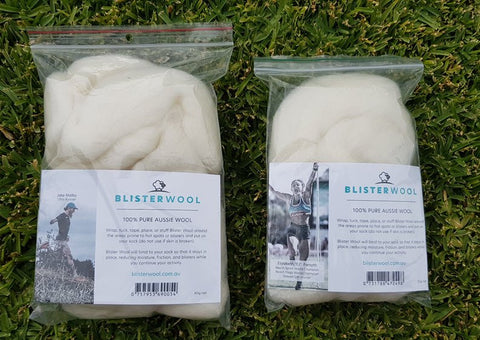
Blister Wool 20g and 40g bags
Can you describe the production process of Blister Wool, from sourcing the wool to packaging the product?
Our wool is sourced from a property in Tasmania that has been run by the same family for 6 generations and over 200 years. The greasy wool is scoured (or washed) in Geelong, before making its way to the Nundle Woollen Mill to go through a few processes such as opening, carding, etc. This is done on machines dating back as far as 1914 which is very slow compared to modern machines, but also much cooler!
From Nundle, we receive the wool in what looks like a huge ball of wool that someone might use for knitting, only ours is many times thicker, and hundreds of metres long. Then we have our own mini-production line where the wool is separated by hand into 20g sections, the labels go into the bags and packed for delivery to our retailers.
What steps do you take to ensure the quality of the wool used in Blister Wool?
The wool already goes through the quality control process of a few different handlers (one of whom we are related to!) so we know that the quality is top-notch once it arrives. However, as we pack every bag by hand, it gives us a final chance to check every bag individually as it is boxed up.
How has your family’s background in the wool industry influenced your developing this product?
The biggest thing was that I was able to have a very big head start on creating the product in the first place – one phone call and a few days later I was testing variations of the product. But it also enabled us to fine tune the wool to be exactly what we wanted it to be so we didn’t have to compromise on anything at all.
Do you have any plans to expand your product line?
We have a couple of ideas but they are just nuggets at the moment so we will have to wait and see how that pans out.
How do you market and promote Blister Wool to potential customers?
My professional background is in advertising and digital marketing so this part was probably the easiest for me. We had the website, branding, packaging, and social media channels up and running in a couple of days. Most of the stuff we do is with athletes locally, and mostly organic content. I make little videos on how to use the product, and write articles about things of interest to our customers like tips on running with your dog or how to layer clothing for winter… not just blister related content. We have also partnered with a few athletes who are on our labels; Current Beach Sprint World Champion and Stawell Gift winner Elizabeth Forsyth, Commonwealth Games Medallist and former Junior World Champion in track cycling Brad Knipe, and Ultra-Runner Jake Malby who became fairly well-known when ran ’31 Marathons in 31 Days’.
What have been some of the biggest challenges you have faced in creating and selling Blister Wool?
Most of the product development and then marketing of the product was fairly easy for me with my background, but the retail side of things was probably the most challenging. There are a lot of little things that you don’t think of in the beginning like product SKUs and internationally recognised barcodes that are required by retailers. So, for me, it was more the little details in getting the product into the hands of retailers rather than actually launching it that were the most finicky.
What are your future plans for the growth and development of Blister Wool?
As it is, we never planned to be even where we are now. I thought I’d sell 10 bags a month to the local outdoor store but it has definitely morphed into a proper “side-hustle”. My original plan was that when my son (who is two now) turned 6 or 7, I would gift him this little business to run and that would be both his pocket money and a bit of financial education. I grew up on an orchard and when I was that age was working in the shed for $1/hour. My Nanna had me fill out a time sheet and everything! It might be a bit big for a six-year-old to run now but I reckon his first job might be packing bags of wool in our garage!
What a fascinating story, Adam. Thank you for sharing. We look forward to building your family’s blister wool product business with you.
If you have a question for Adam about Blister Wool, comment below.
Or connect withBlister WoolonFacebookandInstagram.




